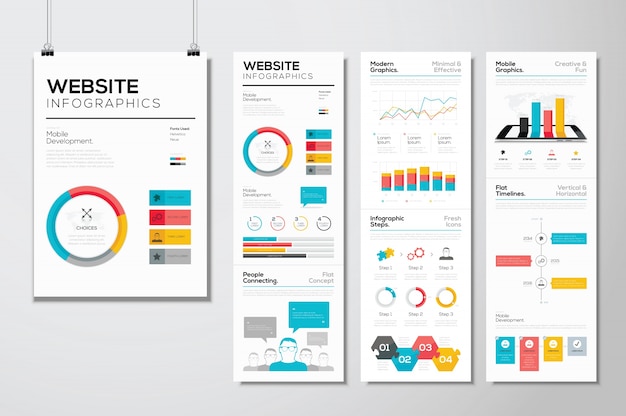Fascinated In Discovering Just How Website Design Has Developed? Take A Journey Through The Makeover
Fascinated In Discovering Just How Website Design Has Developed? Take A Journey Through The Makeover
Blog Article
Web Content By-Rasmussen Peters
In the past, web sites were simple and concentrated on info. Navigation was straight, and layout was for desktop computers. Currently, customer experience is vital. Information guides styles for easy navigating. Receptive formats fit different gadgets. Today, dark setting lowers strain, and minimalist food selections improve navigation. Interactive functions engage customers, and bold visuals attract attention. AI integration boosts engagement. See exactly how design has actually advanced to boost your online journey.
Early Days of Web Design
In the early days of website design, simplicity preponderated. Sites were fundamental, with minimal shades, font styles, and formats. The focus got on providing information instead of showy visuals. Customers accessed the web via sluggish dial-up connections, so rate and performance were key.
Navigating food selections were straightforward, normally situated on top or side of the web page. Sites were made for desktop computers, as mobile surfing wasn't yet widespread. Web content was king, and developers focused on easy readability over complicated layout aspects.
HTML was the main coding language made use of, and designers had to function within its constraints. Computer animations and interactive attributes were minimal contrasted to today's criteria. Sites were static, with little vibrant content or customized individual experiences.
Increase of User-Focused Style
With the development of website design, a change towards user-focused design concepts has actually ended up being significantly popular. Today, developing web sites that focus on customer experience is essential for involving site visitors and accomplishing organization goals. User-focused style involves understanding the requirements, choices, and habits of your target market to customize the web site's format, web content, and features appropriately.
Developers now perform complete research study, such as individual studies and usability screening, to gather understandings and feedback straight from customers. This data-driven strategy aids in developing user-friendly navigating, clear calls-to-action, and aesthetically appealing interfaces that resonate with site visitors. By placing the user at the facility of the design process, internet sites can supply a more customized and satisfying experience.
Receptive style has actually also become a vital facet of user-focused style, ensuring that websites are enhanced for numerous tools and display sizes. This flexibility improves ease of access and functionality, accommodating the varied methods individuals engage with websites today. Essentially, the surge of user-focused layout signifies a change in the direction of producing digital experiences that prioritize the needs and expectations of the end individual.
Modern Trends in Website Design
Explore the current trends shaping web design today. One popular trend is dark setting layout, providing a smooth and modern appearance while decreasing eye stress in low-light environments. Another key fad is minimal navigating, simplifying food selections and boosting individual experience by focusing on essential elements. Incorporating micro-interactions, such as computer animated switches or scrolling impacts, can produce a much more appealing and interactive web site. Receptive layout continues to be essential, ensuring seamless customer experiences across various devices. In addition, utilizing vibrant typography and asymmetrical designs can include visual passion and accentuate specific web content.
Incorporating AI modern technology, like chatbots for customer support or customized recommendations, boosts user engagement and simplifies processes. Accessibility has likewise come to be a significant pattern, with designers prioritizing inclusive design methods to satisfy varied individual demands. Accepting sustainability by enhancing internet site performance for rate and effectiveness is an additional emerging trend in web design. Working together with individual feedback and data analytics to iterate and enhance style continuously is necessary for remaining pertinent in the ever-evolving digital landscape. By welcoming linked internet page , you can create a visually appealing, user-friendly site that resonates with your audience.
Conclusion
As you reflect on the advancement of web site layout from the very early days to now, you can see how user-focused design has actually ended up being the driving force behind modern-day fads.
Accept the journey of modification and adjustment in web design, always keeping the customer experience at the center.
Tippingpointdigital
Stay existing with the most recent trends and modern technologies, and never stop progressing your technique to produce aesthetically stunning and straightforward web sites.
Develop, adjust, and develop - the future of website design is in your hands.
